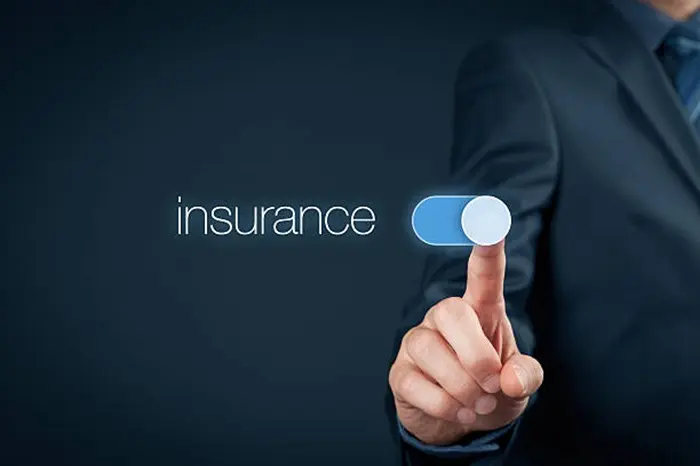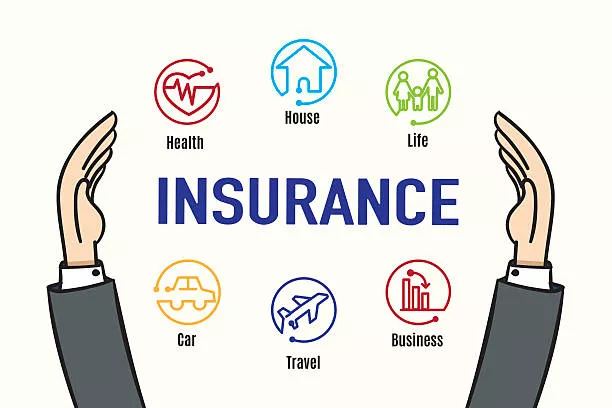An insurance card is a crucial document that provides essential information about your health coverage. Whether you are visiting a doctor, checking into a hospital, or filling a prescription, understanding your insurance card ensures smooth transactions with healthcare providers. This guide will break down the components of an insurance card, explain their significance, and offer tips for verifying your coverage.
An insurance card is issued by your health insurance provider. It serves as proof of coverage and contains key details that medical facilities use to bill services correctly. While designs vary by insurer, most cards include standard sections that policyholders should recognize.
Types of Insurance Cards
Insurance cards may differ depending on the type of plan:
- Private Health Insurance: Typically provided by employers or purchased individually.
- Government-Sponsored Plans: Such as Medicare (for seniors) or Medicaid (for low-income individuals).
- Specialized Plans: Including dental, vision, or supplemental coverage.
Despite differences, all insurance cards share common elements that policyholders must understand.
Key Sections of an Insurance Card
1. Policyholder Information
This section identifies the primary insured individual. Details may include:
- Full name
- Date of birth
- Gender (in some cases)
If you are a dependent under someone else’s plan (e.g., a spouse or parent), their name may appear here instead.
2. Insurance Provider Details
The card displays the insurer’s name and contact information. This helps healthcare providers verify coverage and submit claims. Look for:
- Insurance company name
- Customer service phone number
- Claims submission address
3. Policy Number and Group Plan ID
The policy number is a unique identifier for your insurance plan. The group number (if applicable) indicates your employer or association plan. These numbers are essential for billing purposes.
4. Plan Type and Coverage Dates
Some cards specify the type of plan (e.g., HMO, PPO, EPO). Additionally, the card may show:
- Effective date (when coverage begins)
- Expiration date (if applicable)
Always check these dates to ensure your coverage is active.
5. Copayment and Deductible Information
Certain cards list copayment amounts for common services like doctor visits or emergency care. The deductible (the amount you pay before insurance covers costs) may also be noted.
6. Provider Network Information
Many plans require using in-network providers. The card may include:
- A network name (e.g., “Blue Cross Blue Shield PPO Network”)
- Instructions for finding in-network doctors
7. Prescription Coverage Details
If your plan includes pharmacy benefits, the card may have:
- A separate prescription BIN (Bank Identification Number)
- PCN (Processor Control Number)
- Rx group number
Pharmacists use these details to process medication claims.
8. Additional Features
Some cards feature:
- Magnetic strips or barcodes for quick scanning
- Emergency assistance numbers
- Instructions for international coverage
Common Mistakes When Reading an Insurance Card
Misinterpreting your insurance card can lead to claim denials or unexpected bills. Avoid these errors:
Assuming All Information Is Up to Date
Insurance details can change due to plan renewals or employer adjustments. Always verify your card’s validity before medical visits.
Ignoring Plan Restrictions
Some plans require referrals for specialists or prior authorizations for procedures. Overlooking these rules may result in denied claims.
Confusing Policyholder and Dependent Information
Dependents may have their own cards or be listed under the primary holder. Ensure the correct name is used during medical visits.
Verifying Your Insurance Coverage
Before seeking medical care, confirm:
- Your policy is active.
- The provider accepts your insurance.
- Any pre-approvals are secured.
Contact your insurer if you have doubts about coverage.
The Importance of Keeping Your Insurance Card Secure
Your insurance card contains sensitive personal information, including your policy number and sometimes even your Social Security number. Losing this card could lead to identity theft or fraudulent medical claims. Always store it in a safe place and avoid sharing images of it on social media or unsecured platforms. If your card is lost or stolen, notify your insurer immediately to request a replacement and monitor your account for suspicious activity.
How Digital Insurance Cards Are Changing the Landscape
Many insurers now offer digital insurance cards through mobile apps or email. These electronic versions provide the same information as physical cards but with added convenience. Digital cards can be quickly accessed in emergencies and often include real-time updates if your policy changes. However, ensure your phone is secure with a passcode or biometric lock to prevent unauthorized access to your insurance details.
What to Do If Your Insurance Card Has Errors
Mistakes on insurance cards, such as incorrect names or policy numbers, can delay claims or result in denied coverage. If you spot an error, contact your insurer right away to request a corrected card. Keep a record of all communications in case you need to reference them later. Until you receive the updated card, confirm with your provider that your coverage remains valid despite the discrepancy.
Understanding Temporary Insurance Cards
Some insurers issue temporary cards while processing your application or renewing your policy. These provisional cards typically have a shorter validity period but provide the same coverage as a standard card. Always check the expiration date and follow up with your insurer if you don’t receive your permanent card within the expected timeframe. In the meantime, healthcare providers can often verify your coverage electronically if needed.
Conclusion
Reading an insurance card is a fundamental skill for managing healthcare expenses. By understanding each section, you can avoid billing errors and maximize your benefits. Always keep your card accessible and review it periodically for updates. If any information is unclear, reach out to your insurance provider for clarification. Proper knowledge of your insurance card ensures seamless access to medical services and financial protection.
Related Topics:
How Do I Contact Safeco Insurance?































